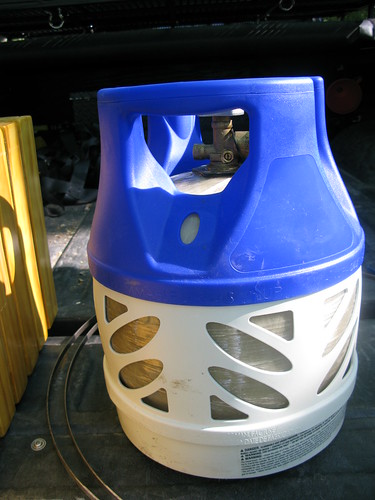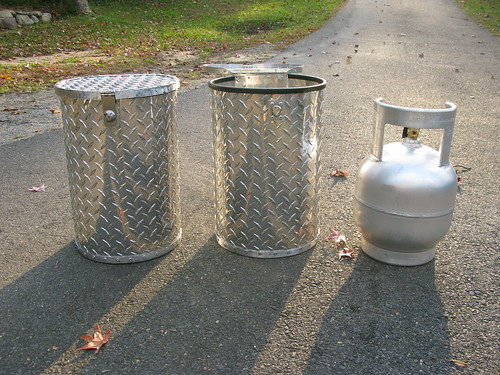With all this talk about recalls and other bad propane mojo I'd like to hear what people are carrying! What brands do you have, what size are you carrying and what are you using it for? Are you carrying it inside the cab, or mounted somewhere outside?
I'm looking to pick up something to use with a portable propane campfire and possibly cooking as well. Is 20# enough? Would it be safe to build a bracket to mount to the roof rack or a rear swing out?
I'm looking to pick up something to use with a portable propane campfire and possibly cooking as well. Is 20# enough? Would it be safe to build a bracket to mount to the roof rack or a rear swing out?




 so it seems its going to be our main campingmobile at this time....I say camping and not glamping, mind you! And the FJ will be relegated to the blingmobile
so it seems its going to be our main campingmobile at this time....I say camping and not glamping, mind you! And the FJ will be relegated to the blingmobile  Anyway, I'm going to need to get my storage and stuff reconfigured before I start making additional purchases...besides the fridge I'm buying this week of course!
Anyway, I'm going to need to get my storage and stuff reconfigured before I start making additional purchases...besides the fridge I'm buying this week of course!